If you click on a link and make a purchase we may receive a small commission. Read our editorial policy.
DC is launching a buzzy new hero with ties to the Golden Age
The DC Universe boasts a wide bench of generational heroes, and the next wave is already here
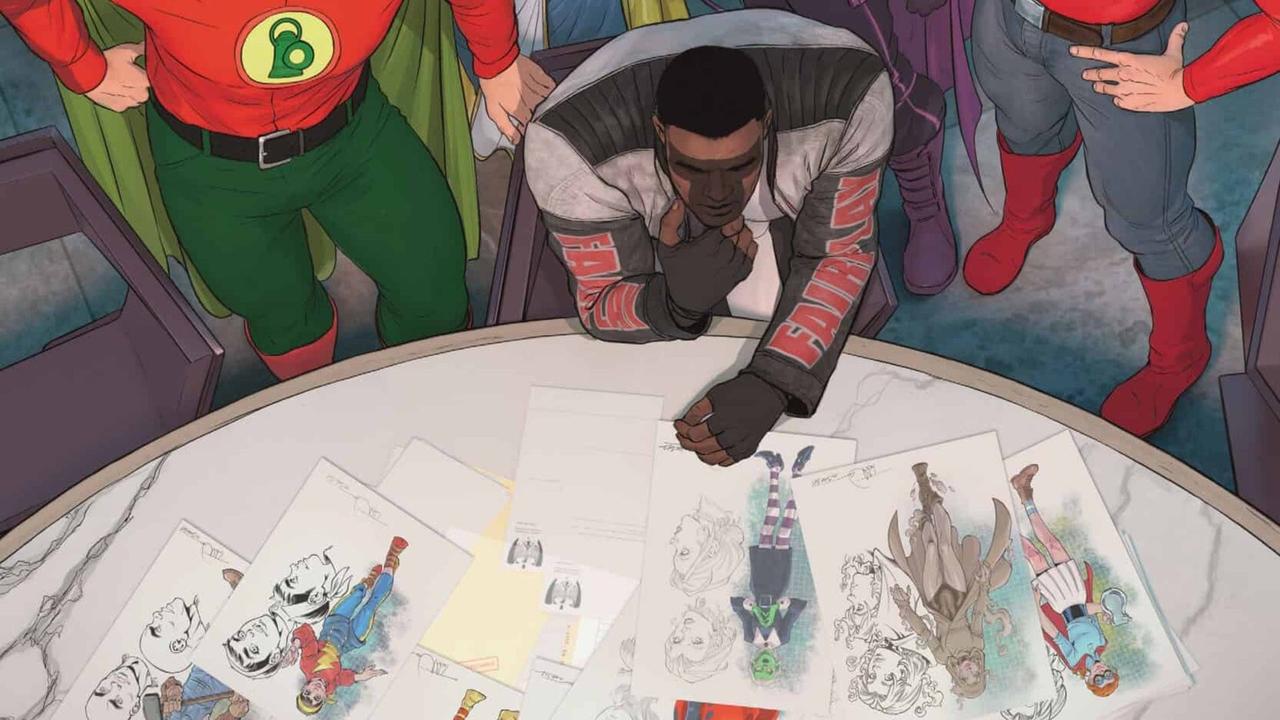
One thing that distinguishes the DC Universe from its marvelous competition is the framing of superhero mantles as a legacy passed down to new heroes. Even the most obscure heroes from the DCU’s Golden Age in the ‘30s and ‘40s have newer characters keeping the name alive. It’s this generational concept that keeps superhero mantles like the Flash, Green Lantern, and Blue Beetle relevant decades after each of them were first introduced.
The DCU is positioning a new wave of legacy heroes to inherit some forgotten superhero mantles, most visibly in comic book titles published as part of Geoff Johns’ growing Golden Age banner, including the recently concluded miniseries Stargirl: The Lost Children and the relaunched ongoing series Justice of America. Among the most prominent of these is Red Bee, an obscure Golden Age character who has shown up in several different DC titles, with a new character continuing the hero’s legacy.
Here is the forgotten story behind Red Bee, how the character has quietly been making a comeback in the modern DCU, and how this continues a trend that DC has effectively deployed for nearly 70 years.
Spoiler for Justice Society of America #6 below
The second coming of Red Bee

The original Red Bee was created by Toni Blum and Charles Nicholas, with the latter a collective pseudonym used by Chuck Nicholas Cuidera, Jack Kirby, and Charles Nicholas Wojtkoski in the ‘40s, each of whom worked on Blue Beetle in the ‘40s, with Wojtkoski as Blue Beetle’s credited creator. After successfully launching Blue Beetle for Fox Comics in 1939, the team introduced Red Bee in 1940’s Hit Comics #1, published by Quality Comics. Red Bee starred in his own series for 24 issues until its cancellation in 1942.
Golden Age Red Bee is Rick Raleigh, an assistant district attorney in Superior City, Oregon who fights crime and the Axis Powers with his stinger gun and highly trained bees (his favorite bee is named Michael). After falling into obscurity, Red Bee's story was revived briefly in the ‘80s series All-Star Squadron where it’s revealed that he died defending Hourman from Baron Blitzkrieg during World War II. Decades later, Rick’s grandniece Jenna Raleigh follows in his footsteps as the new Red Bee in 2007’s Uncle Sam and the Freedom Fighters #5, by Jimmy Palmiotti, Justin Gray, and Daniel Acuña. Jenna retires her alter ego after she’s mutated by extraterrestrial insects in a failed bid to conquer Earth.
The original Red Bee is mentioned in passing on several occasions, even appearing as a ghost in 1997’s Starman #37 by James Robinson, Tony Harris, and Wade Von Grawbadger. However, the most memorable and unlikely return of Red Bee takes place in the DC Black Label title Peacemaker Tries Hard! #5 by Kyle Starks and Steve Pugh. This mature reader title has an older Rick Raleigh team up with Peacemaker, with Peacemaker dismissing him for his choice in superhero moniker. In this adventure, Red Bee's favorite bee Michael is killed by the Brain, and Red Bee angrily turns the tide of battle to avenge his insectoid friend.
The Lost Children

2022’s The New Golden Age #1 retconned in a teenage sidekick for Rick during the Golden Age, Rosibel Rivera. After immigrating to the United States with her parents, Rosibel and her family run Big Bee Ranch, with Red Bee defending them when they’re targeted by mobsters. Fashioning her own costume to help Red Bee against the corrupt local police force, Rosibel creates the superhero mantle of Ladybug, eventually gaining size-changing powers from a confiscated experimental weapon in Red Bee’s hideout.
The miniseries Flashpoint Beyond reveals that Ladybug is plucked out of time, along with several other forgotten sidekicks, and taken to Orphan Island, a remote location outside of the timeline. With the help of Hourman, Stargirl rescues Ladybug along with the other missing sidekicks, bringing them back with her to the 21st century.
Now in our present day, Rosibel is heartbroken that her parents have since passed away, never knowing their daughter was alive and well, and perfectly poised to become the new Red Bee in the pages of Justice Society of America #6 and join the team to revive her mentor’s legacy. Amazingly, Michael is revealed to have survived over 80 years since his introduction, happily reuniting with Rosibel.
The Lost Children introduces other Golden Age sidekicks that have since been incorporated into the DCU in Justice Society of America. Among these is Judy Garrick, the long-lost daughter of the original Flash Jay Garrick and his wife Joan, who is restored to reality to run alongside her father as the superhero Boom. Also included is Cherry Bomb, the forgotten sidekick of Human Bomb, who is able to meet the current hero holding her mentor’s mantle. It looks like a new generation is taking shape across the DCU, and Red Bee is among the legacies at the forefront.
The DCU’s generational legacy
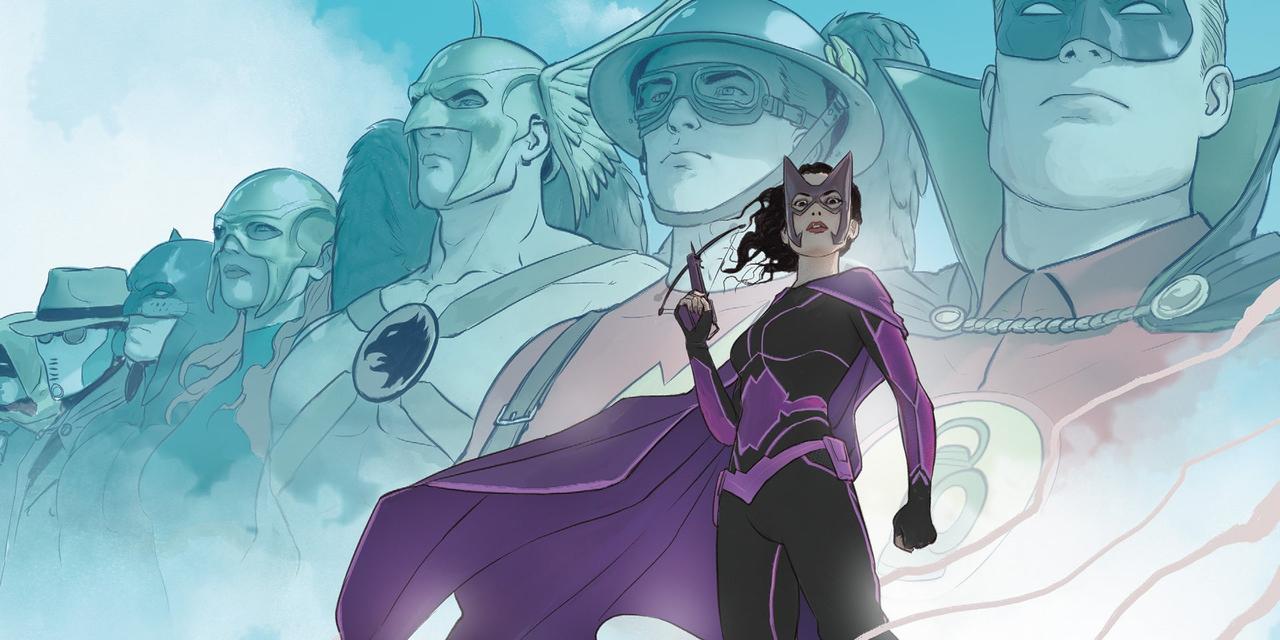
The idea of hero mantles being passed down to each subsequent generation isn’t one isolated to Justice Society characters or even the growth of the DCU in the 21st century, though it did begin with two staples from the JSA. Jay Garrick is replaced by the second Flash Barry Allen in 1956’s Showcase #4 by Robert Kanigher and Carmine Infantino. The successful relaunch kicks off the Silver Age of Comic Books, which ran in the ‘50s and ‘60s, featuring second-generation heroes like Hal Jordan replacing Alan Scott as Green Lantern in 1959’s Showcase #22 by John Broome and Gil Kane.
The generational concept became more prominent in the ‘70s, with titles like Batman Family exploring the exploits of Batman and Catwoman’s daughter Helena Wayne in the Golden Age universe of Earth-2. This was followed up by Infinity Inc. in the ‘80s, a team formed by JSA proteges led by the Star-Spangled Kid. Even more Golden Age heroes got a relaunch after the integration of Earth-2 in the DCU’s rebooted continuity in the mid ‘80s, with a new Doctor Mid-Nite, Wildcat, and Hourman joining the team.
When Geoff Johns and Dale Eaglesham relaunched Justice Society of America in 2007, they similarly introduced a new wave of heroes holding mantles, including Wildcat’s son Tom, a new Judomaster, and Commander Steel’s grandson Nathan Heywood, who becomes Citizen Steel.
The next era for the DCU

The New Golden Age marks Geoff Johns taking the themes he introduced in his prior Justice Society run and escalating them on a grander scale, something he had also done in developing the acclaimed television series Stargirl. It also comes at a moment when the DCU is focusing more on the literal children of its biggest characters, namely those of Superman, Batman, and Wonder Woman, in other parts of its publishing line.
Though Damian Wayne has been a fixture in Batman comics since Grant Morrison and Andy Kubert's 2006’s Batman #655, DC is now leaning more into the father-son dynamic, particularly with the upcoming comic book series Batman and Robin by Joshua Williamson and Simone di Meo. When the DCU’s classic continuity was restored by the DC Rebirth initiative in 2016, it did so with Superman joined by his and Lois Lane’s super-powered son Jon Kent, created by Dan Jurgens the previous year. And as Tom King and Daniel Sampere relaunch the ongoing Wonder Woman series in 2023, Diana Prince’s newly introduced daughter Trinity is a major part of their plans.
Where Marvel Comics tends to be more cautious about replacing established heroes with new generations, with several notable exceptions, the DCU has leaned heavily into its concept of heroic legacies being inherited over time. Red Bee is just the latest instance of this and, even then, is not the only example that’s currently underway in the DCU. These new generations keep DC relevant 85 years after the publisher switched to publishing superhero titles, and it looks like yet another new generation is already steadily taking shape.
On sale now, Justice Society of America #6 is written by Geoff Johns, illustrated by Marco Santucci, colored by Ivan Plascencia, and lettered by Rob Leigh. For more about the hidden history of Red Bee and other DC sidekicks, Stargirl: The Lost Children is on sale October 24 and currently available for preorder. The miniseries is written by Geoff Johns, illustrated by Todd Nauck, colored by Matt Herms, and lettered by Rob Leigh.
DC actor Nicole Maines shares just what evil will be plaguing Dreamer in her upcoming graphic novel
Follow Popverse for upcoming event coverage and news
Find out how we conduct our review by reading our review policy
Let Popverse be your tour guide through the wilderness of pop culture
Sign in and let us help you find your new favorite thing.




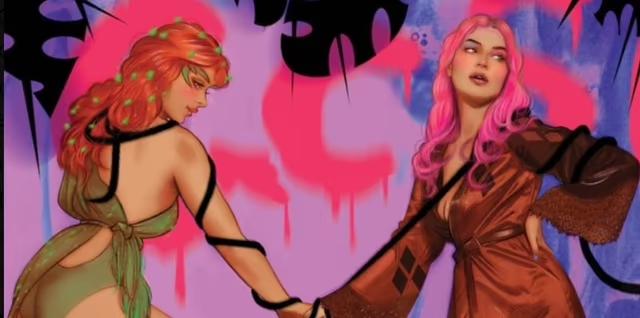

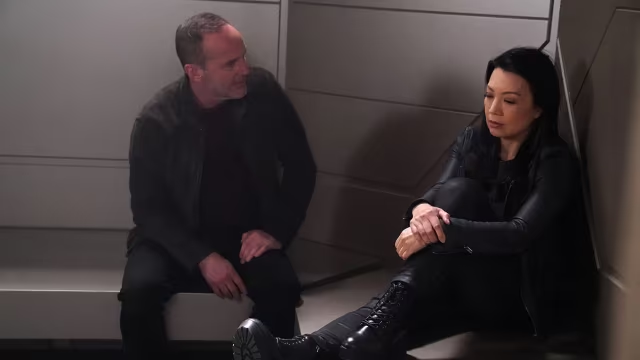


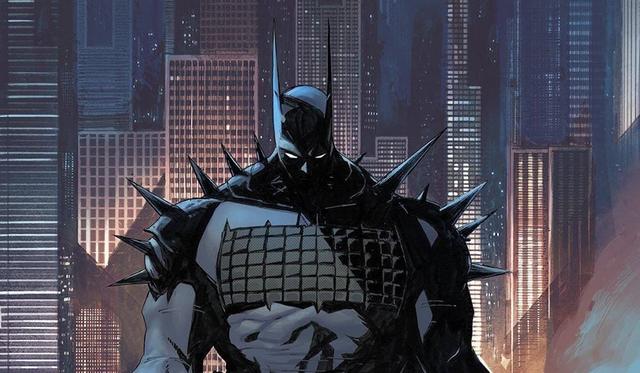






Comments
Want to join the discussion? Please activate your account first.
Visit Reedpop ID if you need to resend the confirmation email.